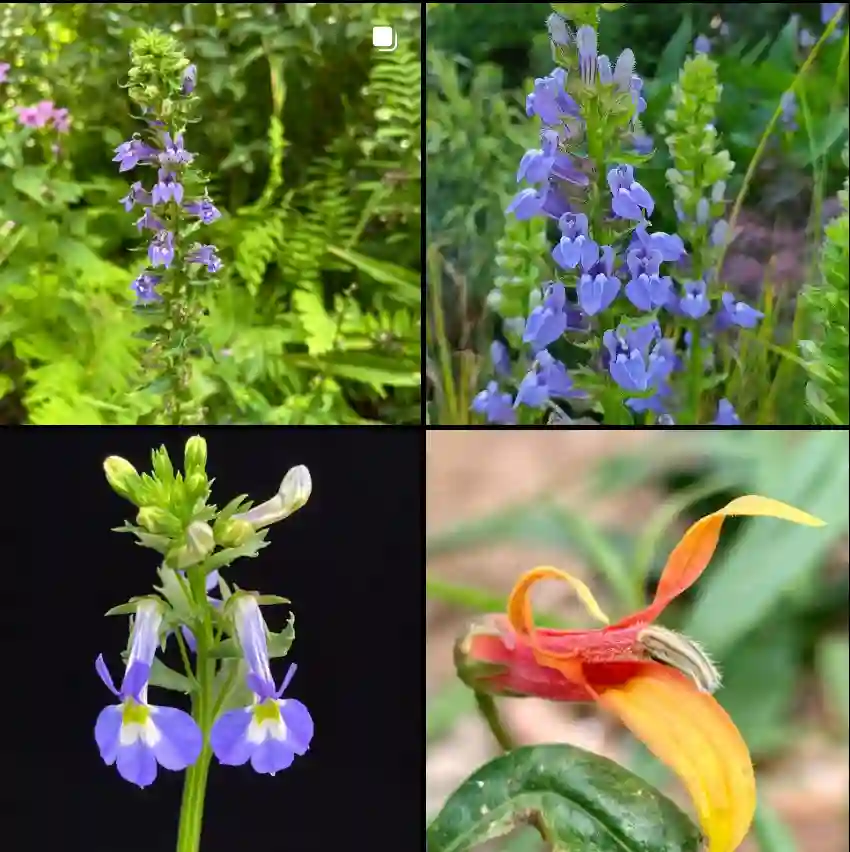My Fascination with the Stenocereus Genus
As a plant enthusiast, I’m always drawn to the unique and diverse world of cacti family, Cactaceae. One genus that has particularly captured my attention is Stenocereus, a group of columnar or tree-like cacti native to the Americas. These majestic plants, with their towering forms and striking features, have a certain allure that’s hard to resist.
I first encountered a Stenocereus while exploring a botanical garden in Arizona. The sheer size of the plant, its imposing silhouette against the desert sky, immediately impressed me. Its vibrant green stems, adorned with clusters of spines, seemed to exude resilience and strength. As I learned more about the genus, I discovered that these cacti are not only visually stunning but also play a vital role in their ecosystems.
Diverse Species within the Stenocereus Genus
The Stenocereus genus boasts a remarkable diversity of species, each with its own distinct characteristics:
- Stenocereus thurberi (Organ Pipe Cactus): This iconic cactus, with its numerous tall stems resembling organ pipes, is a symbol of the Sonoran Desert.
- Stenocereus gummosus (Sour Pitaya): Known for its delicious, tangy fruit, this species is a popular food source in Baja California.
- Stenocereus griseus (Dagger Cactus): This imposing cactus, armed with long, sharp spines, is a dominant feature of the arid landscapes of Venezuela and Colombia.
- Stenocereus eruca (Creeping Devil): This unusual cactus, with its prostrate growth habit, slowly “creeps” across the desert floor as its older stems die back.
- Stenocereus pruinosus (Gray Ghost Organ Pipe): This majestic cactus, with its bluish-gray stems and impressive height, is a true giant of the Sonoran Desert.
- Stenocereus alamosensis (J.M.Coult.) A.C.Gibson & K.E.Horak
- Stenocereus beneckei (C.Ehrenb.) A.Berger & Buxb.
- Stenocereus chacalapensis (Bravo & T.MacDoug.) Buxb.
- Stenocereus chrysocarpus Sánchez-Mej.
- Stenocereus fricii Sánchez-Mej.
- Stenocereus heptagonus (L.) Mottram
- Stenocereus humilis (Britton & Rose) D.R.Hunt
- Stenocereus kerberi (K.Schum.) A.C.Gibson & K.E.Horak
- Stenocereus martinezii (J.G.Ortega) Buxb.
- Stenocereus montanus (Britton & Rose) Buxb.
- Stenocereus queretaroensis (F.A.C.Weber ex Mathsson) Buxb.
- Stenocereus quevedonis (J.G.Ortega) Buxb.
- Stenocereus standleyi (J.G.Ortega) Buxb.
- Stenocereus stellatus (Pfeiff.) Riccob.
- Stenocereus treleasei (Rose) Backeb.
- Stenocereus zopilotensis Arreola-Nava & Terrazas
Why I Admire Stenocereus
My admiration for Stenocereus stems from several factors. First and foremost, I appreciate their aesthetic appeal. Their towering forms, intricate patterns of ribs and spines, and vibrant green coloration make them a captivating sight. Whether standing tall in the desert landscape or gracing a botanical garden, these cacti command attention.
Beyond their visual appeal, I’m also drawn to their ecological importance. Stenocereus cacti provide food and shelter for a variety of desert animals, including bats, birds, and insects. Their fruits are an important food source for humans and wildlife alike, while their flowers offer nectar to pollinators. These cacti play a crucial role in maintaining the delicate balance of their ecosystems.
Furthermore, I admire the resilience and adaptability of Stenocereus cacti. They have evolved to thrive in harsh, arid environments, enduring extreme temperatures, drought, and intense sunlight. Their ability to survive and even flourish in such challenging conditions is a testament to their remarkable tenacity.
My Continued Exploration of Stenocereus
My fascination with Stenocereus has led me to delve deeper into their world. I’ve spent countless hours researching their taxonomy, distribution, and ecology. I’ve also had the opportunity to observe these cacti in their natural habitat, witnessing their beauty and resilience firsthand.
I’m particularly interested in the ethnobotanical uses of Stenocereus. For centuries, indigenous communities have utilized these cacti for various purposes, including food, medicine, and construction materials. I believe that studying these traditional uses can provide valuable insights into the potential benefits of these plants.
As I continue my exploration of Stenocereus, I’m eager to learn more about their conservation status. Many species are facing threats due to habitat loss, climate change, and over-harvesting. I believe that raising awareness about these challenges is crucial for ensuring the long-term survival of these magnificent cacti.
In conclusion, my fascination with Stenocereus stems from their unique combination of beauty, ecological importance, and resilience. These majestic cacti, with their diverse forms and adaptations, have captured my imagination and inspired me to learn more about the natural world. I believe that appreciating and protecting these plants is essential for preserving the biodiversity of our planet.
If i die, water my plants!



